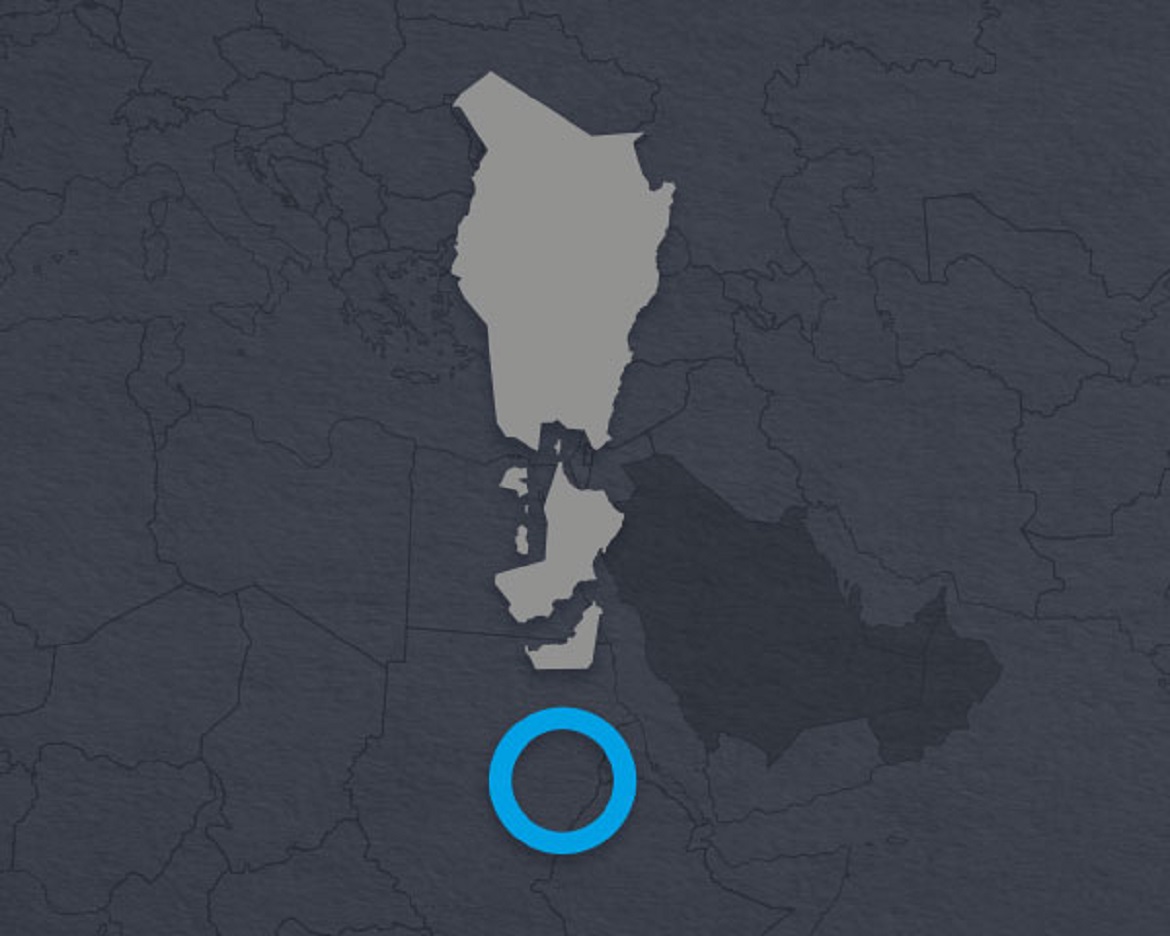Rising economic prosperity in the Gulf region since the turn of the century, stimulated by a boom in hydrocarbons, has brought with it a sharp rise in diabetes rates among local populations. For example, the prevalence of the disease in Kuwait rose from 7% in 2000 to 17.8% in 2013, according to the International Diabetes Federation (IDF). Now, in Saudi Arabia, 23.9% of the population is affected by the disease; in Kuwait, 23.1%; and in Qatar, 19.8%. The global average figure is far lower, at 8.3%.
This report, based on in-depth interviews with 18 experts in diabetes in the Gulf region, assesses the current status of diabetes in the six Gulf Co-operation Council (GCC) states and its potential impact. It also takes stock of some of the policies that are being introduced in response to the growing burden of diabetes across the region. Finally, it looks ahead, to ask the question what more can or should be done to combat the disease. The main findings of the research are presented below.
Key findings
- The populations of the Gulf countries are suffering high rates of diabetes due largely to overweight and obesity, among the key risk factors in diabetes. Overweight and obesity, in turn, are down to the growing popularity of Westernised foods in the region that are often laden with salt or sugar, as well as the sedentary lifestyle of many sections of the Arab population.
- The economic burden of diabetes in the Gulf region is growing. According to estimates from the IDF, healthcare spending on treating diabetes in the Middle East and North Africa region was US$16.8bn in 2014; this is set to reach US$24.7bn by 2035. The direct costs of providing treatment for diabetes could rise even more dramatically in some parts of the region, for example in Abu Dhabi, where it may rise fourfold by 2030.
- Sporadic and isolated policy responses are evident in the region—not a coherent regional approach. Some countries are implementing the World Health Organisation's so-called “best buys”, such as reducing salt intake in food. Others have established wider healthcare strategies to tackle diabetes or launched initiatives to target specific aspects of disease management or prevention, such as screening initiatives.
- More must be done in the region if diabetes is to be halted. For one thing, more investment is needed to raise healthcare in the Gulf to developed-world levels; for another, there is scope in some Gulf countries to expand and improve their primary healthcare systems. Wider reform of the healthcare system may help policymakers to address many of these shortfalls.
- Policymakers have various policy options at their disposal to help tackle diabetes, including further improvements to primary healthcare; a cross-governmental approach that includes the input of various different ministries; tough, new regulation of food and beverages, including taxes on fizzy drinks; and the engagement of the wider community in the battle against diabetes—first and foremost with religious leaders in the region.






